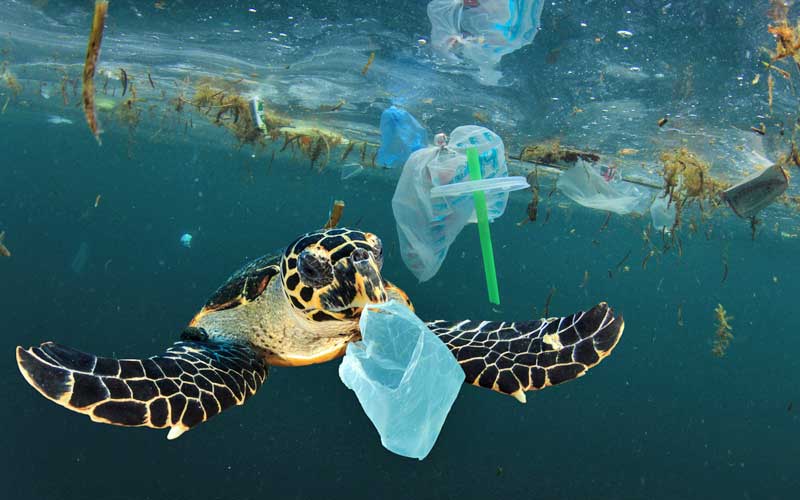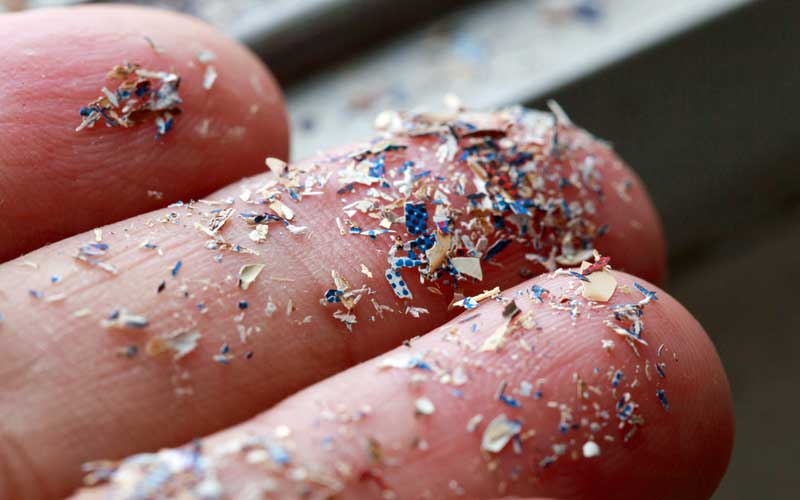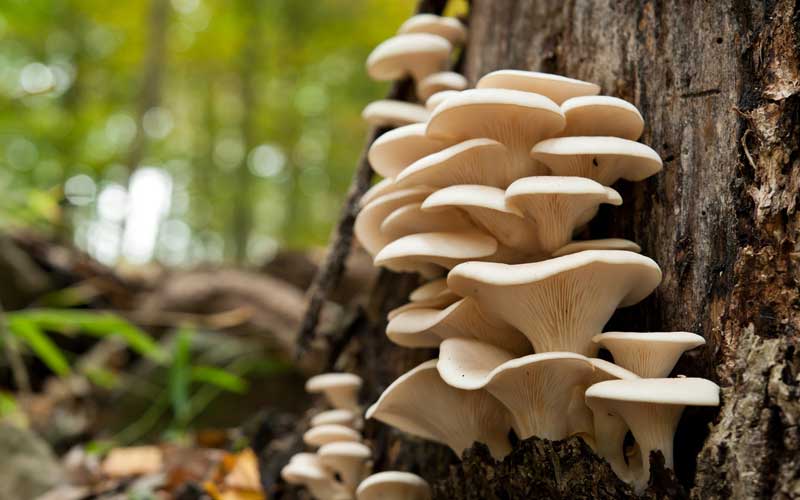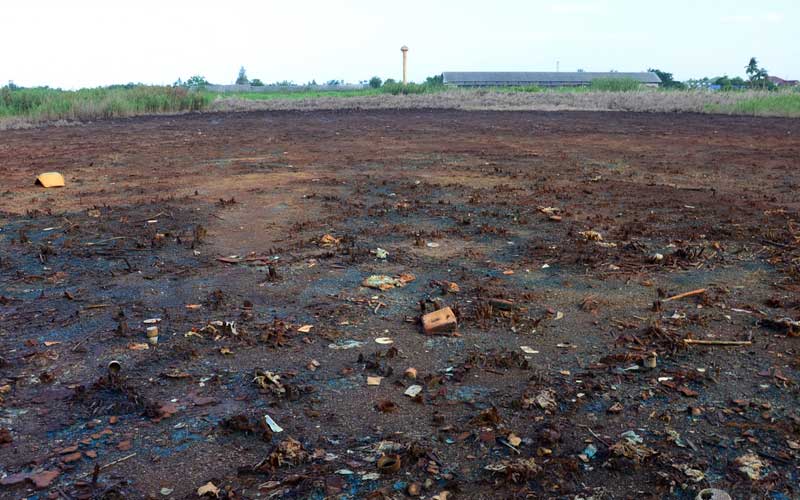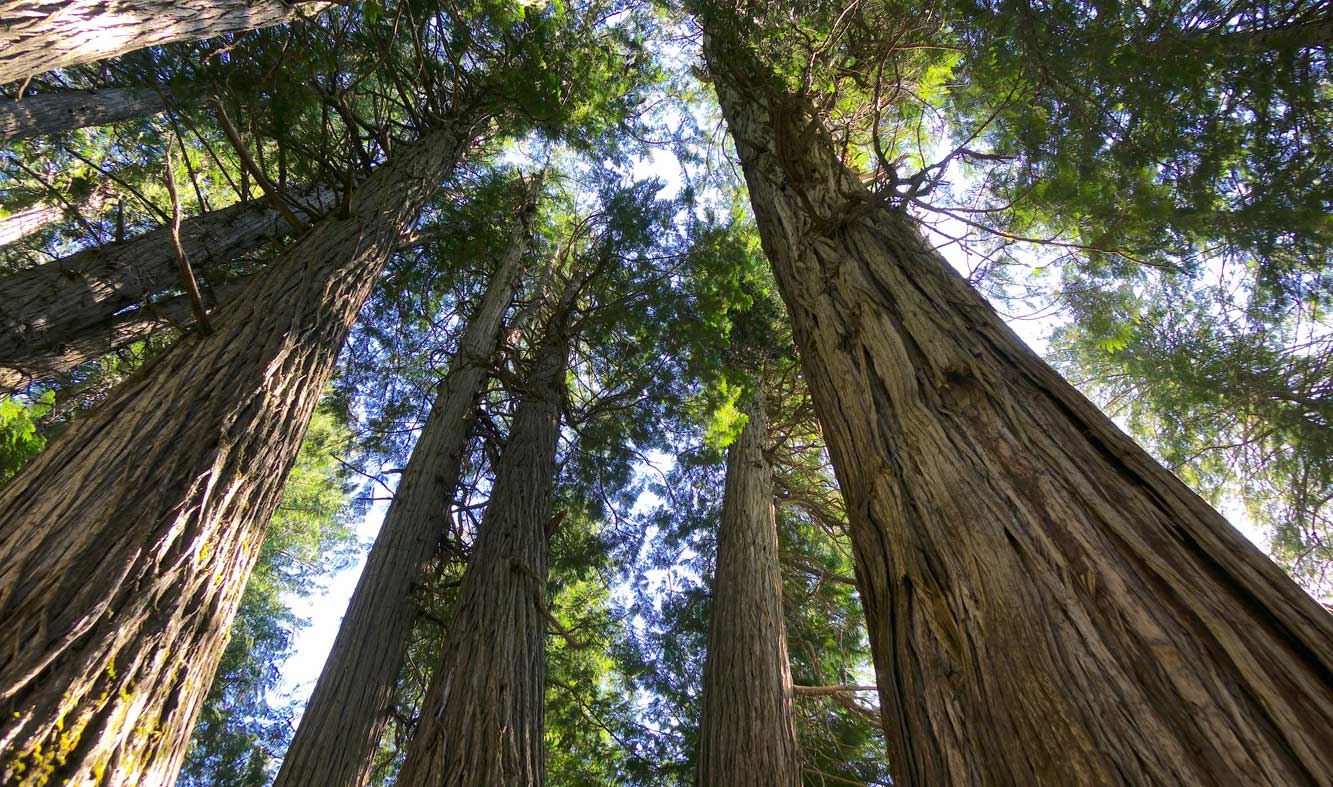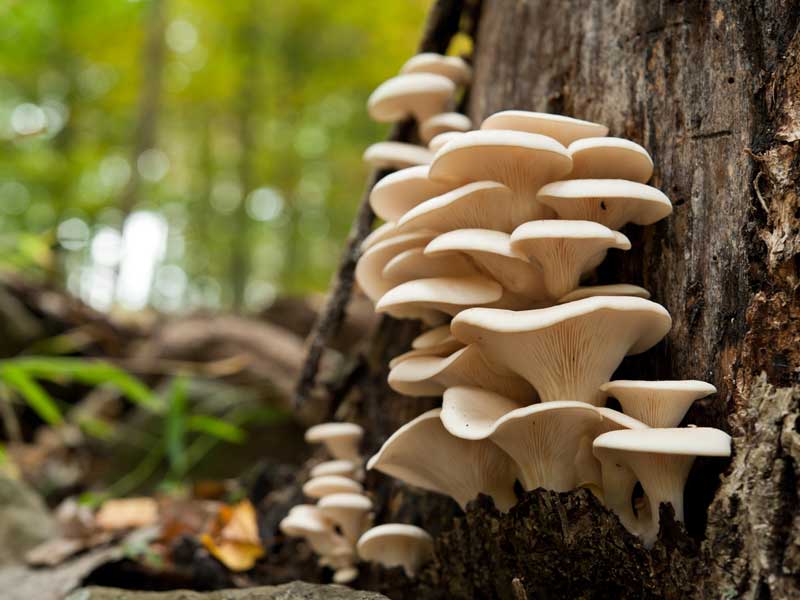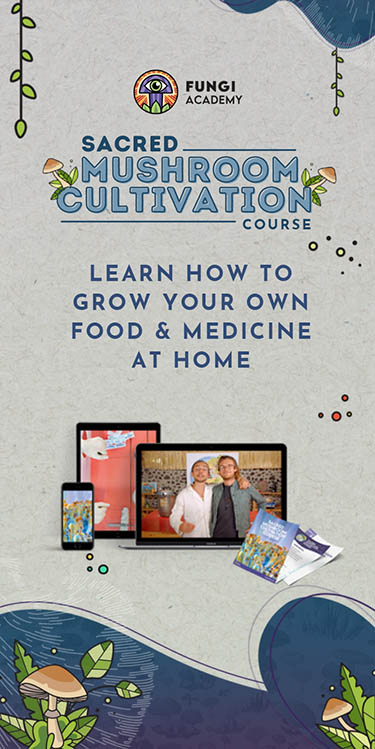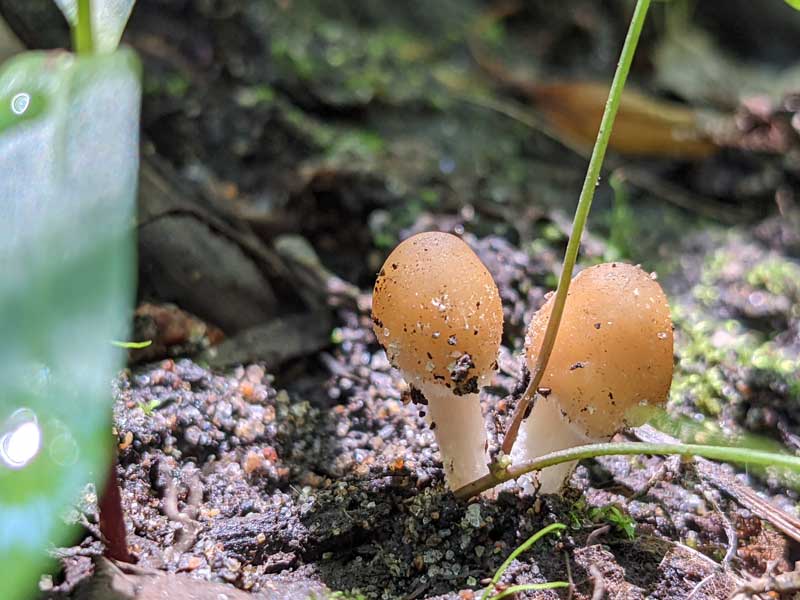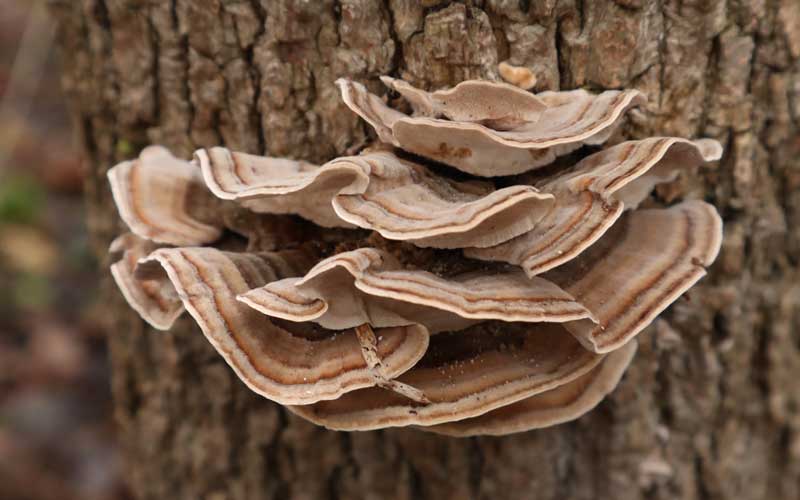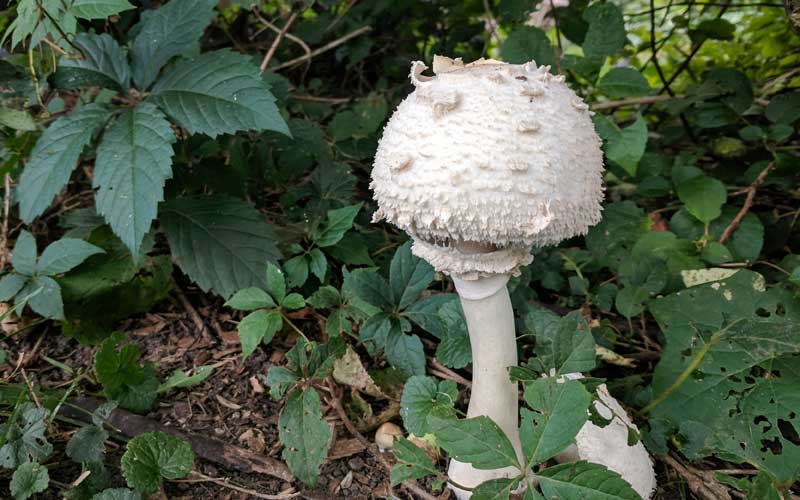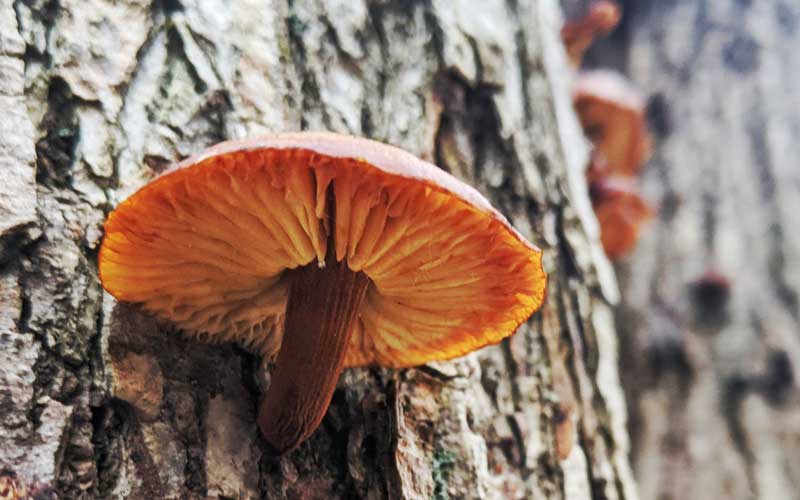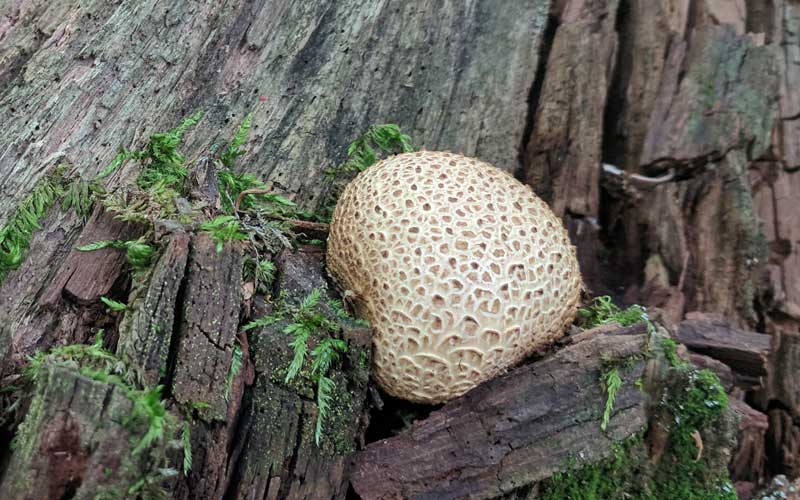- Home
- Mycelium Intro
- Ocean Plastics
Could plastic-eating mushrooms save our oceans?
Three hundred million tons.
That’s roughly the amount of plastic waste we produce every year.
And 14 million of that ends up in the ocean. At that rate, by 2050, the total mass of plastics in the ocean will exceed the total mass of all the fish.
Perhaps you’ve heard of the Great Pacific Garbage patch… a floating “island” of plastic that is twice as large as Texas?
What you might not know is that there are actually five giant garbage patches plaguing the oceans… two in the Pacific, two in the Atlantic, and one in the Indian. Once plastics are caught in the currents that create these islands, they’re not able to escape. Exposed to the sun and waves, they break down into microplastics.
The microplastics are ingested by a variety of marine life — birds, fish, whales, and turtles can all mistake these plastics for prey and eat them. They’re undigestible. Over time, the plastics build up in the animals’ stomachs, making it impossible for them to eat and digest real food. That leads to their starvation.
These microplastics also enter our food chain and water supply. This exposes us to toxic chemicals that can impact our endocrine system, leading to immune disorders and neurological problems.
The plastic problem in the ocean is likely to have other impacts on the ecosystem that we haven’t learned to recognize or measure yet.
It’s a problem we need to solve… and soon.
And mushrooms may hold at least part of the answer.
Can plastics mycoremediation help us clean up our oceans?
When you think of where mushrooms grow, you probably picture shady damp spots in forests. The mushrooms grow under logs or on the trunks of trees.
Many of the mushrooms you’re picturing, and their mycelia, produce enzymes to digest very specific kinds of materials — wood or straw or even manure.
But some more exotic mushrooms can digest a wide variety of substances… even plastics. And that means mushrooms may be useful in cleaning plastics from our oceans.
In 2012, students at Yale University discovered that under the right circumstances Oyster mushrooms and Split Gill mushrooms can digest plastics producing harmless (and even edible) byproducts.
A London-based biomanufacturing firm accidentally discovered another plastic-eating fungus that they’re now working to make more efficient.
In fact, during the past two years, scientists and researchers have discovered more than 50 species of mushrooms and fungi capable of consuming plastics and breaking them down into less harmful — and sometimes even harmless or useful — substances.
All this research gives hope that a natural solution to our ocean plastics problem is within sight. But implementation is still a way out.
While the mushrooms may be able to break down plastics, whether they can do so at sea is another question altogether. Some fungi thrive in marine environments, so that’s promising. But obviously there are some logistics to figure out.
So why aren’t we on a fast track to hammering out the details?
Theresa Halula teaches mushroom cultivation at Merritt College in Oakland. In an interview with Yes! magazine, she said, “In nature, mushrooms break down all kinds of substances, and we’re just beginning to look at this more closely in the lab and in field studies. But we don’t yet know the speed of the breakdown, and how effective that breakdown is.”
The breakdown time is important. In many clean-up projects, government funding requires a faster turnaround than what mushrooms can provide, so bioremediation projects can’t depend on government contracts.
Businesses don’t really want to invest in bioremediation. Rather, it’s something they do when they must to avoid state-issued fines and bad press.
While direct clean-up of ocean plastics may be possible in the future, another possibility exists that may be realized sooner… putting mushrooms to work eating plastics before they enter the ocean. That won’t clean up the oceans, but it will help to slow the progression of the problem.
Can mushrooms keep plastics from going into oceans in the first place?
It’s classic tirage… you have to stop the bleeding before you can repair the wound.
If the islands of plastic in our oceans are the wound, the 14 million tons of new plastics pouring into the oceans each year are the bleeding.
And mushrooms could help us stop the bleeding.
The same students at Yale who are studying how Oyster mushrooms and Split Gill mushrooms can devour plastics while producing edible byproducts also discovered a new species of fungus in Ecuador.
Named Pestalotiopis microspore, this fungus can live solely on plastic and thrive in an anaerobic environment. That means it could be used in landfills to break down the plastics there at a much faster rate than they would normally decompose… without harmful, chemical byproducts.
In the future we may see waste plastic become much less of a problem as a variety of mushrooms and their mycelia are employed to consume it quickly, safely, and naturally.
But in the meantime, the very best thing we can do is use less plastic.
And mushrooms can help there as well.
As a next step, can mushrooms replace plastics?
Companies have been looking at using mycelium to create alternatives to plastics and leather for a while now.
One of things about plastics is they’re versatile and highly useful. It’s hard to remove them from our economy. Finding natural replacements — especially for disposable, single-use plastics — could dramatically reduce the amount of plastic waste produced every year… and that would curb the amount of plastic entering our oceans.
Mushroom packaging materials that can replace Styrofoam peanuts and blocks already exist. These package materials are grown and can be trained to grow to meet a shipping company’s exact specifications. They can be composted in anyone’s backyard garden. Three million tons of polystyrene are made every year. Replacing it with mushroom packaging would make a small, but significant dent, in the amount of plastic produced annually.
It also takes less energy to produce, making it a greener product from the start of its lifespan through to the end.
Plastic cups… plastic straws… plastic bags… there’s a chance that all these disposable products could be replaced by compostable mycelium-based products in the future. Or by other compostable materials made from plant-based options.
Either way, nearly half of the plastic products made each year are intended for a single-use. Finding ways to replace them — including using mycelium — is vital in the long run to cleaning our oceans of plastic waste… and keeping them clean.
Related Topics:
Mycoremediation can help clean up large areas of polluted land and waters.
Mycoremediation is the use of fungal mycelium to help clean up oil spills, toxic soil at old industrial sites, and polluted waterways. Read the full article...
How mushrooms and mycoforestry improve forest health.
Mycoforestry is the strategy of using mycorrhizal fungi to help damaged ecosystems—big or small—recover faster. The full article...
Oyster mushrooms have more to offer than any other mushroom.
Oyster mushrooms are delicious, medicinal, and a miracle when it comes to mycoremediation and biowearables. Read the full article...
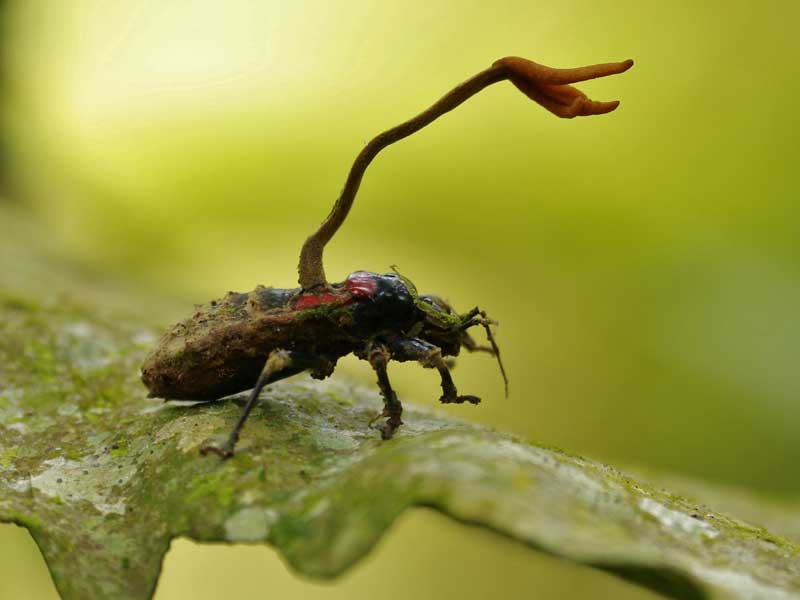
6 Incredible things about fungi and mushrooms you probably don’t know.
From zombie fungi to mycelium coffins and more, mushrooms and fungi never fail to stretch and test our imaginations. Read the full article...
